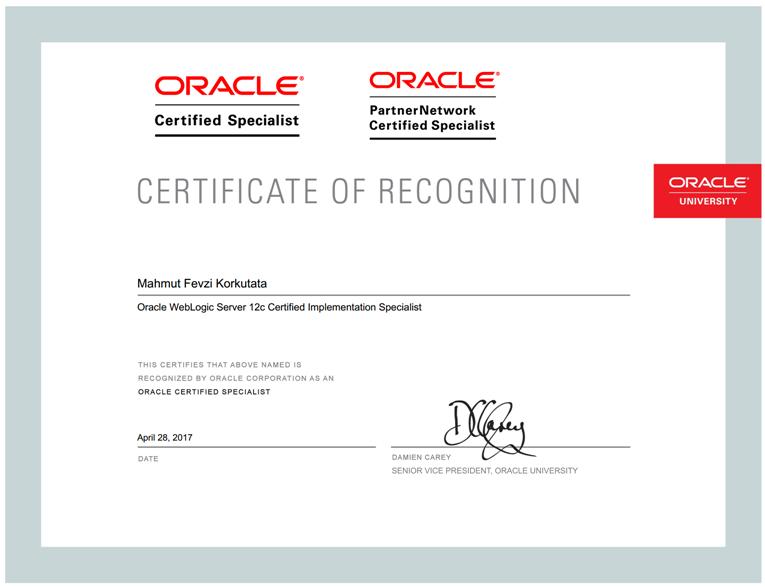After successfully upgrading Oracle Forms applications to 12c (12.2.1.4) and leveraging Forms Standalone Application Launcher (FSAL), we developed a browser-independent EXE application.

After successfully upgrading Oracle Forms versions, including 6i, 8i, 10g, and 11g, we developed an EXE application that provides direct access without the need for a browser, utilizing Forms Standalone Application Launcher (FSAL).
Oracle Forms & Reports Upgrade Projects and Accessing Browser-Independent Forms Applications with Our EXE Application
Following the successful upgrade of Oracle Forms applications to 12c (12.2.1.4), we developed a browser-independent EXE application using Forms Standalone Application Launcher (FSAL).
Oracle Forms & Reports Upgrade Process. Contact to me just in case!
The decision to upgrade Oracle Forms typically brings a range of advantages, including access to new features, performance improvements, and security updates. However, there can be challenges during the upgrade process. Companies often attempt to label Oracle Forms as legacy technology. This is not TRUE decomposing Oracle Forms and replacing it with web applications that may not provide users with the same speed as Forms screens. Nearly all end-users express satisfaction with the older Forms screens. Absolutely experienced it all the time.
However, there are cases where someone advocates for rewriting applications, questioning the need to upgrade Oracle Forms. They introduce their complex system, which, in the end, proves challenging to operate. This situation negatively impacts the organization and end-users, and I’ve encountered it multiple times.
I am not here to defend Oracle Forms. However, if there is a working system without user issues, I do not see the justification in converting a functional structure into a non-functional one through an upgrade.
If it is working keep it and update it. It’s that SIMPLE. No one need a HERO to ruin existing FORMS application 🙂
Keep pl/sql’ing..


